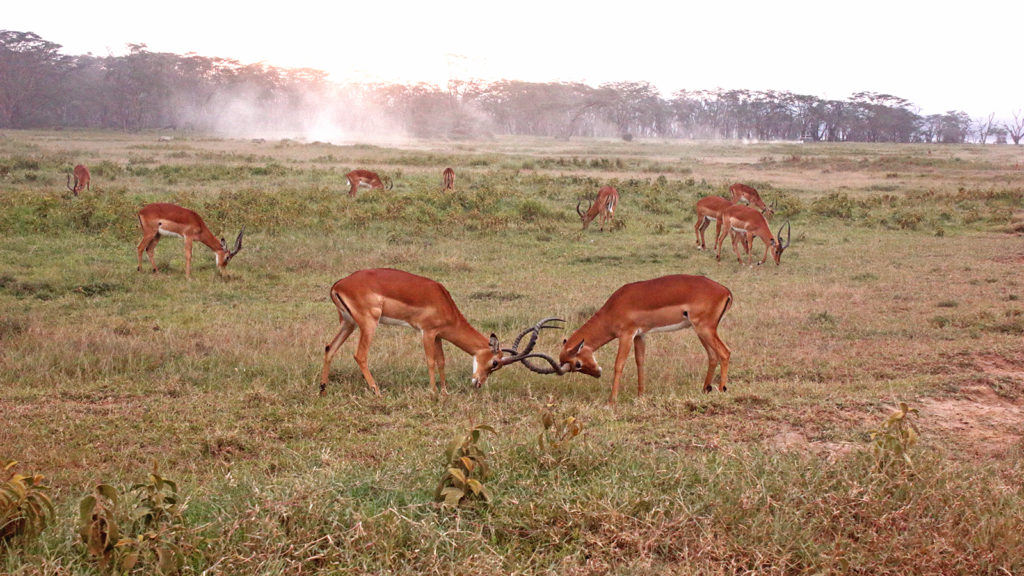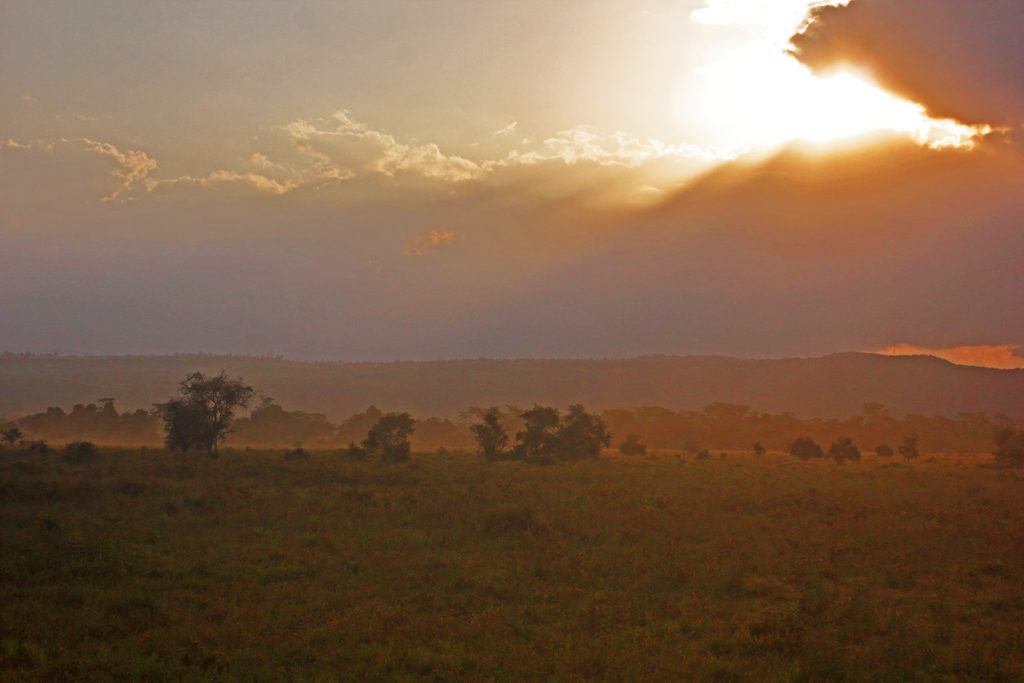Magical Kenya – Part 2: Lake Nakuru National Park
Our departure to Lake Nakuru from Nairobi took place early in the morning. The park is located about 170km NW from Nairobi along the Nakuru-Nairobi highway and would take roughly 4-5hrs of driving time to get to. The road itself is a modern caravan route; As you drive through the route up to Nakuru, you are bound to come across many container trailers that are delivering goods from the seaport of Mombasa to central African countries. It is quite surprising how a major highway like this is still a single-lane-each-way set up. Perhaps the low amount of public traffic along the same highway and the cost of expanding the roadways plays a role in keeping them at their current capacities.

The Superb Starling (Lamprotornis superbus) is probably the most aptly named bird. 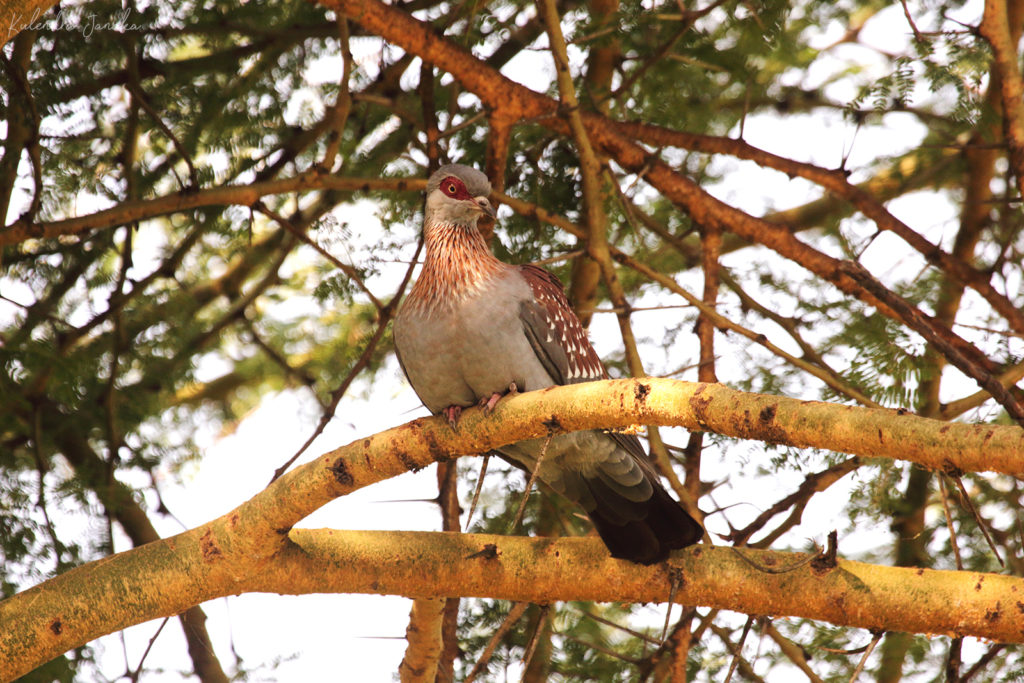
Speckled Pigeon (Columba guinea) 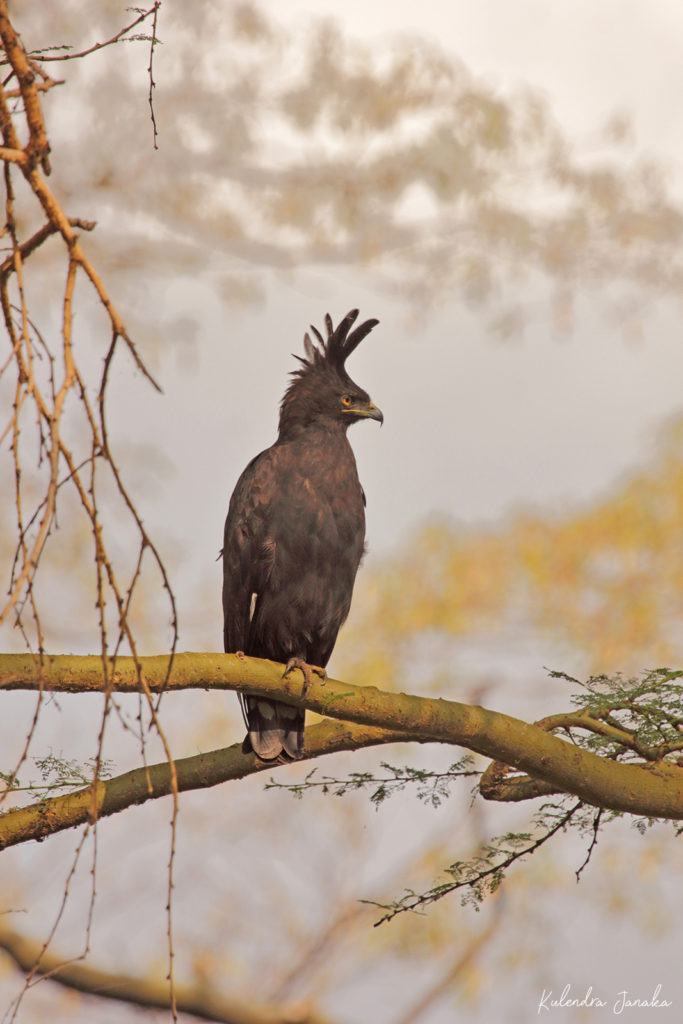
Long Crested Eagle (Lophaetus occipitalis) 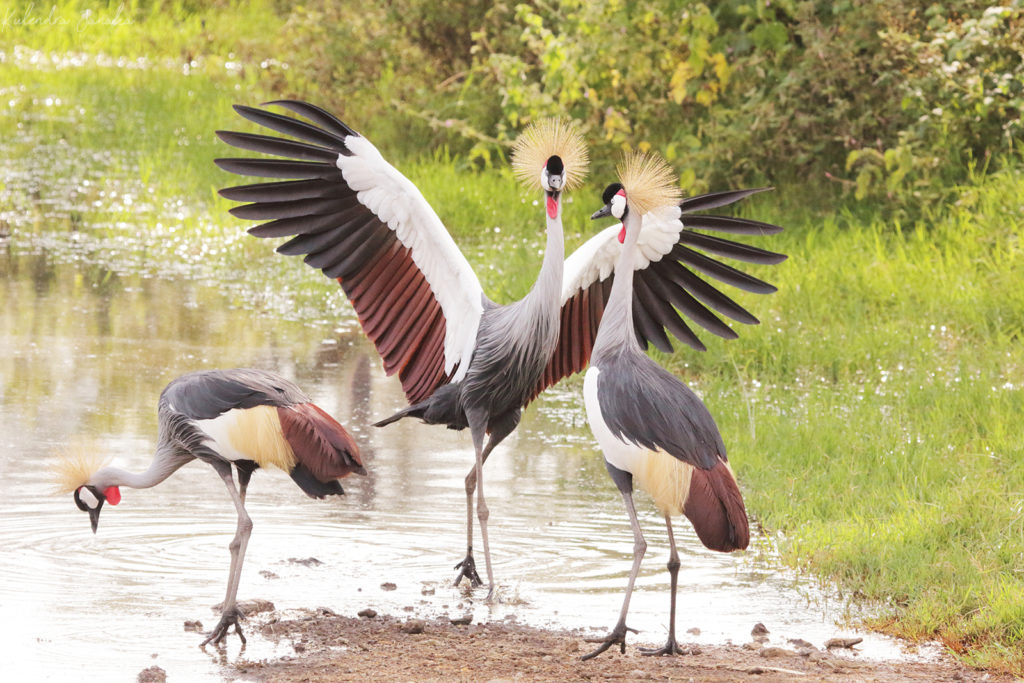
Grey Crowned Crane (Balearica regulorum) 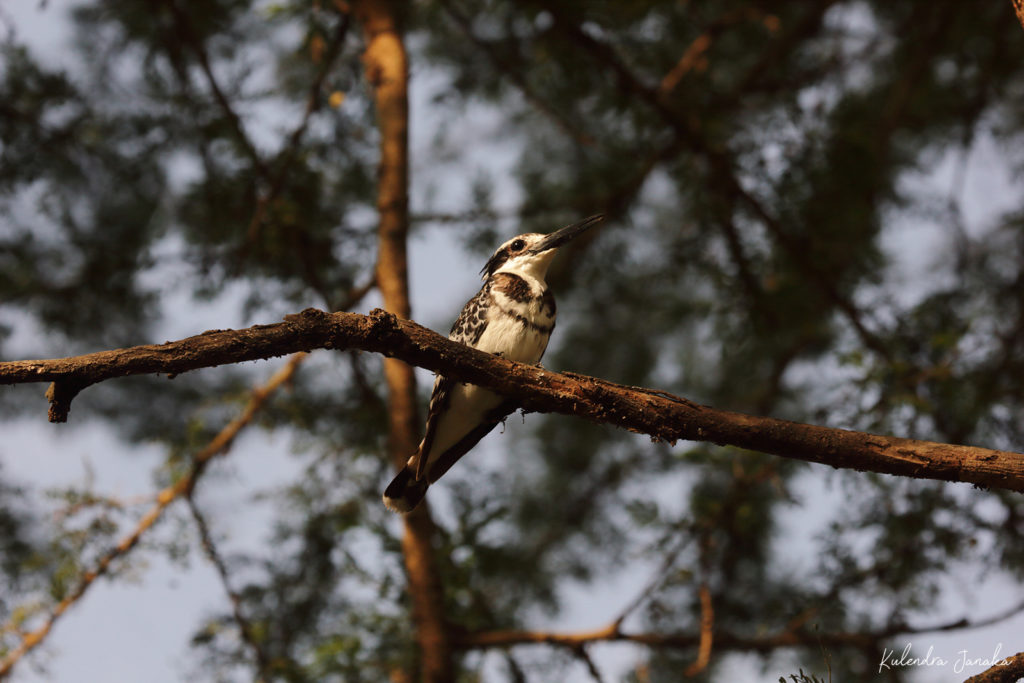
Pied Kingfisher (Ceryle rudis)
The Lake Nakuru National Park was at a point, the site to the biggest congregation of Greater and Lesser Flamingos. While I had read that the population of Flamingos were diminishing over the years, I didn’t expect them to be completely absent. To my great dismay I found out from the chauffer guide who was driving us there that Lake Nakuru is no longer considered a Flamingo hotspot and in fact he has not spotted many Flamingos in the recent past. Nevertheless, it still continues to be a good site for birders. In our short three hour tour across Nakuru, we came across Grey Crowned Herons, Pelicans, Pied Kingfishers and a Long Crested Eagle.
Our tour may have been just a birding tour if not for one keen-eyed fellow tourist. She managed to spot a large mass moving quite far away and inquired if it was a buffalo. It came as a big surprise to everyone when it turned out to be a White Rhino.

The White Rhinoceros (Ceratotherium simum) has a square upper lip and grazes on grass, sometimes going down on its front knees.
Rhinos are a group of endangered species that are present in Africa, India and the Borneo-Sumatra region on of the Indo-Malayan archipelago. One of the subspecies, the Northern White Rhinoceros was declared functionally extinct in 2018 (the same year I visited Kenya), as the last known male rhino died in the Ol Pejeta Conservatory in Kenya.
Rhinos belong to the order Perissodactyla, or the odd toed ungulates, a group of animals that includes horses, zebras and tapirs. Within this order, Rhinos fall in to their own Genera called Rhinocerotidae. All the African Rhino species (i.e. the White Rhino and the Black Rhino) have two horns on their noses while the Indian Rhino has only one horn. The Sumatran Rhino is the smallest species and has visible hair on it compared to the other species. The Javan Rhino is the most endangered other than the Northern White Rhinos with their habitat restricted to only one national park in Java, Indonesia.
The white rhinos are not native to Kenya. They are part of conservation programs that saw many White Rhinos (both Northern and Southern subspecies) being brought over to Kenya from other countries where they are more vulnerable to poaching. Kenya is however native to the Black Rhinoceros, who are equally endangered. While the names denote a colour difference between the two species, in reality, this is not the case; Both the White Rhinos and Black Rhinos are grey in colour. It is however, possible to distinguish the two species by observing their behaviour and features. White Rhinos have a square upper lip and eat by grazing grass-like plants. Black Rhinos on the other hand have a hook-like upper lip and browse leaves and branches from trees.
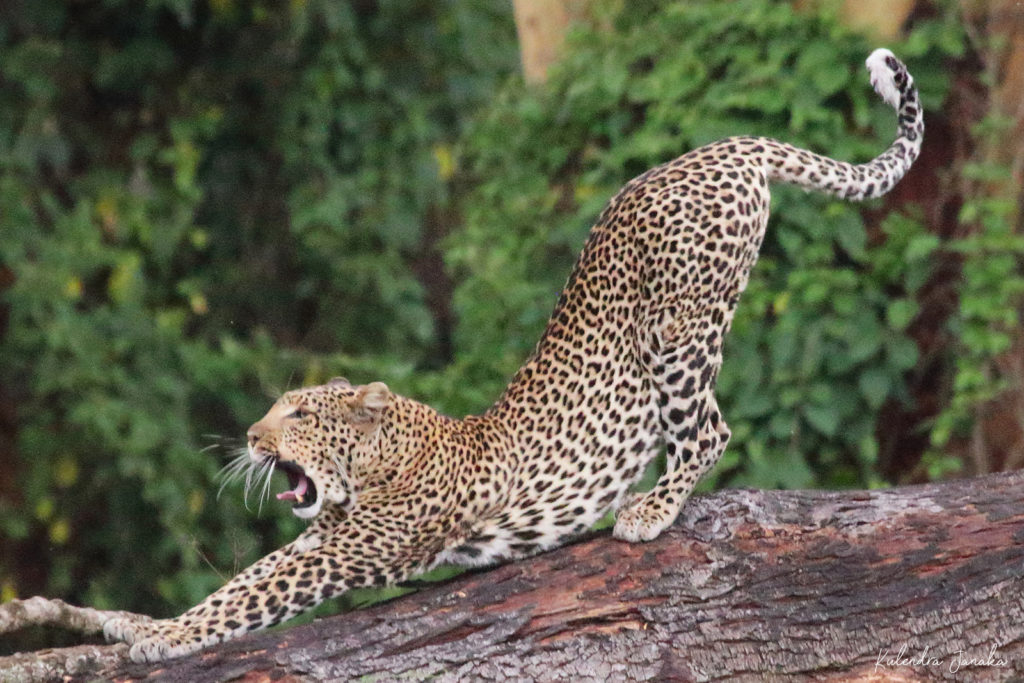
The African Leopard (Panthera pardus pardus) is the second largest member of the cat family in Africa.
Our luck was doubled when we saw a leopard on our way out from the park. The African Leopard (Panthera pardus pardus), is the largest and the most wide-spread of the nine subspecies of leopards. They can weigh up to 90kg and are strong enough to drag their prey up a tree to keep it safe from other predators. I have spotted Sri Lankan Leopards quite a few times back in my home country, but this was the first time that I managed to spot the African Leopard. Leopards are the second largest members of the cat family in Africa, coming behind Lions and before Cheetahs. Unlike both the Lions and Cheetahs, Leopards are solitary hunters and don’t associate except when they are juveniles or when they are looking for a mate. This makes it even more difficult to spot them.
As my guide explained on our way back, pollution has affected Lake Nakuru severely. There has been efforts by the World Bank and the Kenya Defense Force to clean up Lake Nakuru, but they don’t seem to have made a big impact. In his opinion, this is why the Flamingos don’t come to Nakuru anymore.
While Nakuru may not be as popular as Masai Mara, there is a massive potential for Kenya to develop it as a tourist hotspot. The infrastructure development at the Nakuru town could be a big leverage for this unlike the Masai Mara (which is further in to the rural area). After a long day coming from Nairobi and doing an evening game drive in Nakuru, we headed back to our hotel in Nakuru town, ready to head to Masai Mara the next day.
